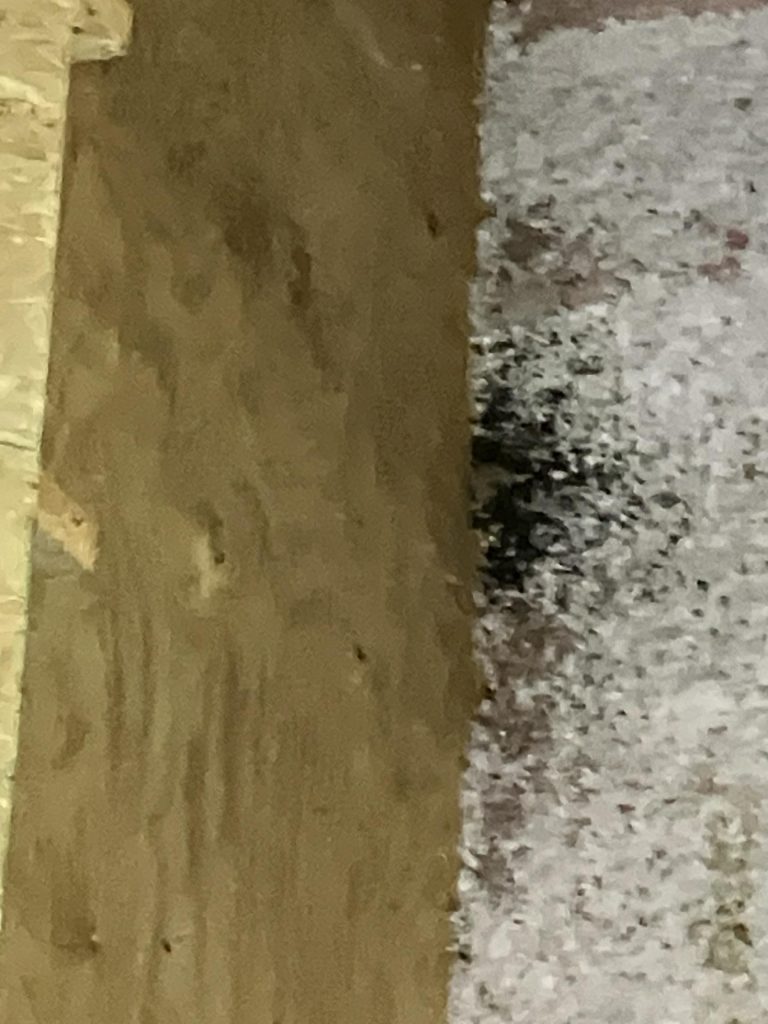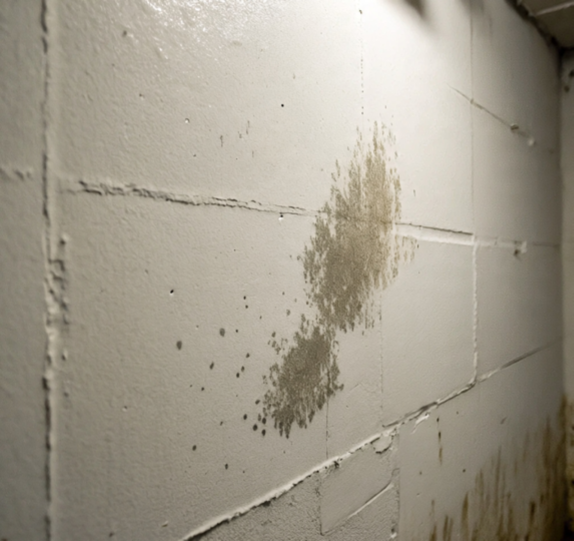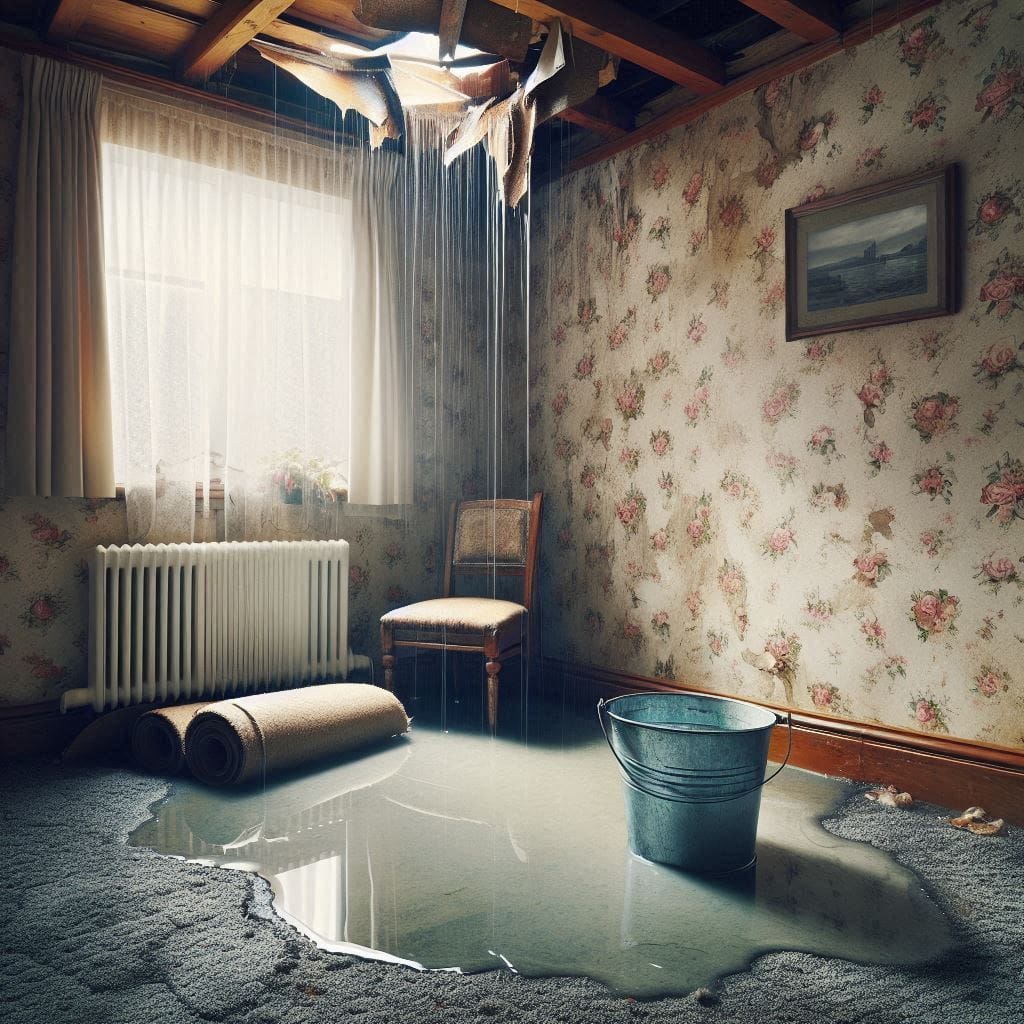Summary
Recurring mold stems from unaddressed moisture, improper cleaning, and airborne spores. Common causes include leaks, high humidity, poor ventilation, and hidden growth. Prevent by controlling humidity (30-50%), fixing sources, ventilating, and removing affected materials. For large issues, seek professional help. Story illustrates pain of neglect and lesson in root-cause fixes.

Hey there, if you’re reading this, chances are you’ve scrubbed away at those pesky black spots on your walls or shower tiles, only to see them creep back a few weeks later. It’s frustrating, right? You’re not alone—recurring mold is a common headache for homeowners. In this article, we’ll dive straight into why this happens and how to stop it for good. We’ll keep things straightforward, answer your burning questions, and even share a real-life story to show what can go wrong (and how to fix it). By the end, you’ll have practical steps to tackle mold without the fluff. Let’s get into it.
What Exactly Is Mold and Why Is It Such a Persistent Problem?
Mold is a type of fungus that thrives in damp, warm environments. It reproduces through tiny spores that float in the air, invisible to the naked eye. When these spores land on a wet surface, they start growing, forming those fuzzy patches we all dread. The big issue? Mold doesn’t just sit on the surface—it can penetrate porous materials like drywall, wood, or grout, making it hard to eradicate completely.
Why is it persistent? Simple: mold needs moisture to survive, and if you don’t eliminate the source of that moisture, it’ll keep returning. According to experts, mold can begin growing indoors when spores land on wet surfaces, and without addressing water problems, the issue recurs. Think of it like weeds in a garden—if you just trim the tops, the roots stay and regrow.
Quick Summary: Mold grows from airborne spores on moist surfaces. Its persistence comes from unaddressed moisture and incomplete removal.
Recurring Mold Problem – Why Does Mold Keep Returning After I’ve Cleaned It?
This is the core question, and the answer boils down to not fixing the root causes. You might wipe it away with bleach or vinegar, but if the environment stays hospitable, mold spores will settle back in. Common reasons include ongoing moisture from leaks, high humidity, or poor airflow. For instance, if you’ve got a leaky pipe behind the wall, cleaning the visible mold is like putting a band-aid on a broken bone—it won’t hold.
Another big factor: improper cleaning techniques. Bleach might kill surface mold, but it doesn’t penetrate deep enough to destroy the roots, especially on porous surfaces. Plus, mold spores are everywhere in the air; without reducing humidity or improving ventilation, they’ll just start growing again.
In short, recurrence happens because the conditions that allowed mold to grow in the first place haven’t changed. If you clean but ignore a damp basement or steamy bathroom, expect a comeback.
Quick Summary: Mold returns due to unresolved moisture, incomplete cleaning, and airborne spores. Fix the environment to break the cycle.

What Are the Most Common Causes of Recurring Mold in Homes?
Let’s break this down into the usual suspects. Knowing these helps you spot and stop the problem early.
First up: excess moisture from leaks. Plumbing issues, roof drips, or even window condensation create perfect breeding grounds. Water damage around doors or windows can lead to mold if not dried quickly. High humidity is another culprit—levels above 60% indoors invite mold, especially in humid climates.
Poor ventilation plays a huge role too. Bathrooms without exhaust fans or kitchens with no range hood trap steam, leading to damp walls. Hidden sources like wet crawl spaces or flooded basements often go unnoticed, allowing mold to spread behind the scenes.
Other causes include flooding, which soaks materials deeply, or even houseplants if overwatered. In attics, poor insulation can cause condensation, fueling growth. Basically, anywhere water lingers without drying out fast becomes a mold hotspot.
Quick Summary: Key causes: leaks, high humidity, poor ventilation, hidden damp areas, and flooding. Address these to prevent repeats.
How Does Moisture Play a Role in Mold Regrowth?

Moisture is mold’s best friend—without it, mold can’t grow. But in homes, moisture sneaks in everywhere: from humid air after showers to undetected leaks. If relative humidity stays above 50-60%, surfaces stay damp long enough for spores to take hold.
For regrowth, even after cleaning, residual water in walls or carpets keeps the party going. A leaky faucet might seem minor, but over time, it saturates surrounding areas, creating a cycle of mold appearance and disappearance. In winter, cold surfaces cause condensation, turning your home into a mold incubator.
To combat this, monitor humidity with a hygrometer and use dehumidifiers in problem areas. Fix leaks immediately—don’t wait for visible damage.
Quick Summary: Moisture enables spore germination and regrowth. Control it with dehumidifiers, quick fixes, and monitoring.
Is Poor Ventilation Contributing to My Mold Issues?
Absolutely, yes. Without good airflow, moisture hangs around. Think about a steamy bathroom after a hot shower—if there’s no fan, that steam condenses on walls and ceilings, feeding mold.
In kitchens, cooking without ventilation does the same. Basements and attics often lack circulation, trapping humid air. Poor ventilation also spreads spores throughout the house via HVAC systems.
Solutions? Install exhaust fans that vent outside, open windows when weather allows, and ensure your HVAC filters are clean. In humid regions, whole-house ventilation systems can make a big difference.
Quick Summary: Poor ventilation traps moisture and spores. Improve with fans, open windows, and clean HVAC.
Could Hidden Mold Sources Be Why It Keeps Coming Back?
Hidden mold is sneaky—it grows in walls, under floors, or behind appliances where you can’t see it. You clean the visible stuff, but the hidden colony keeps releasing spores, causing regrowth.
Common hiding spots: behind wallpaper, in HVAC ducts, or in insulation after water damage. A musty smell without visible mold often signals this.
To find it, look for water stains or use a moisture meter. If suspected, pros can inspect with tools like infrared cameras.
Quick Summary: Hidden mold sustains regrowth by releasing spores. Detect with smells, stains, or professional inspections.
A Real-Life Story: Sarah’s Endless Battle with Recurring Mold
Let me tell you about Sarah, a busy mom in a suburban home who thought she had mold under control—until it nearly tore her family apart. It started small: black spots in the bathroom after a minor flood from a burst pipe. Sarah scrubbed them away with bleach, feeling victorious. But two weeks later, the spots returned, bigger and smellier.
The pain point hit hard. Her kids started coughing at night, and her husband developed headaches. Family game nights turned into arguments over the musty odor pervading the house. Sarah cleaned weekly, but the mold spread to the kitchen and basement. She felt helpless, spending hours researching online while her health and home suffered. “It was like fighting a ghost,” she later said. The constant worry drained her energy, and repair costs piled up from half-hearted DIY fixes.
The turning point came when a friend suggested checking for hidden leaks. Sarah called a local mold inspector, who found moisture trapped in the walls from poor ventilation and an undetected roof leak. They removed affected drywall, fixed the sources, and used proper antimicrobial treatments. The lesson? Surface cleaning isn’t enough—you must address root causes like moisture and ventilation, or it’ll keep coming back. Today, Sarah’s home is mold-free, her family healthy, and she swears by regular humidity checks. Her story shows that ignoring the why behind mold leads to endless cycles, but tackling it head-on brings lasting relief.
How Can I Effectively Remove Mold to Stop It from Returning?
Effective removal starts with safety: wear gloves, masks, and eye protection. For small areas (<10 sq ft), mix a solution of water and detergent or use vinegar (6% acidity kills mold better than bleach). Scrub thoroughly, then dry completely.
But for lasting results, remove porous materials like soaked carpet or drywall—they can’t be fully cleaned. After, apply mold-resistant products like sealants on non-porous surfaces.
Key: Dry everything fast and fix moisture issues simultaneously. Use fans or dehumidifiers post-cleaning.
Quick Summary: Remove with scrubbers/vinegar, discard porous items, dry thoroughly, and fix sources.
What Steps Can I Take to Prevent Mold from Coming Back?
Prevention is all about moisture control. Keep indoor humidity between 30-50% with dehumidifiers or AC. Fix leaks promptly—inspect pipes, roofs, and windows regularly.
Improve ventilation: Use exhaust fans in bathrooms (run for 30 mins post-shower) and kitchens. In basements, use sump pumps if needed.
Other tips: Clean gutters to prevent water buildup, insulate cold surfaces to avoid condensation, and avoid overwatering plants. Regular cleaning with mold-killing agents helps too.
Quick Summary: Control humidity, fix leaks, ventilate, and maintain regularly for prevention.
When Should I Call a Professional for Mold Removal?
DIY is fine for tiny spots, but call pros if mold covers >10 sq ft, if it’s hidden, or after major water damage. Also, if anyone in your home has health issues like allergies or asthma, don’t risk it—mold can worsen symptoms.
Pros use advanced tools for detection and safe removal, ensuring nothing’s missed. If it’s from sewage or black mold, experts are a must for health safety.
Search for “mold removal near me” to find local certified services—they can assess and remediate effectively.
Need Mold Remediation Service in Fort Wayne Indiana?
Call PuroClean Disaster Restoration now at (317) 467‑4436 for fast, reliable service.
With over 19 years of experience in mold removal, remediation, and mitigation, our certified team has helped countless Indianapolis property owners protect their homes and businesses from mold damage.
We’re proud to have earned 100+ five‑star reviews on Google, reflecting our commitment to quality, safety, and customer satisfaction.
Read our verified customer reviews here and see why Indianapolis trusts PuroClean for mold restoration.
Quick Summary: Call pros for large areas, hidden mold, health risks, or post-flooding.
FAQs on Recurring Mold and Removal
Q: Can bleach really kill mold permanently?
A: No, bleach only kills surface mold and can leave roots intact on porous surfaces. Use vinegar or professional antimicrobials for better results.
Q: How do I know if mold is making me sick?
A: Symptoms include coughing, sneezing, headaches, or skin irritation. If they worsen indoors, test for mold.
Q: What’s the best way to test for hidden mold?
A: Use moisture meters or hire pros with air sampling and infrared tech.
Q: How long does it take for mold to grow back?
A: As little as 24-48 hours if conditions are right, but usually weeks if moisture persists.
Q: Is black mold more dangerous?
A: All mold can be harmful, but black mold (Stachybotrys) produces toxins. Remove any mold promptly.
Q: Can I prevent mold in a humid climate?
A: Yes, with dehumidifiers, good insulation, and ventilation systems.
Q: What if mold returns after professional removal?
A: It shouldn’t if they fixed the cause, but check warranties and re-inspect moisture levels.

